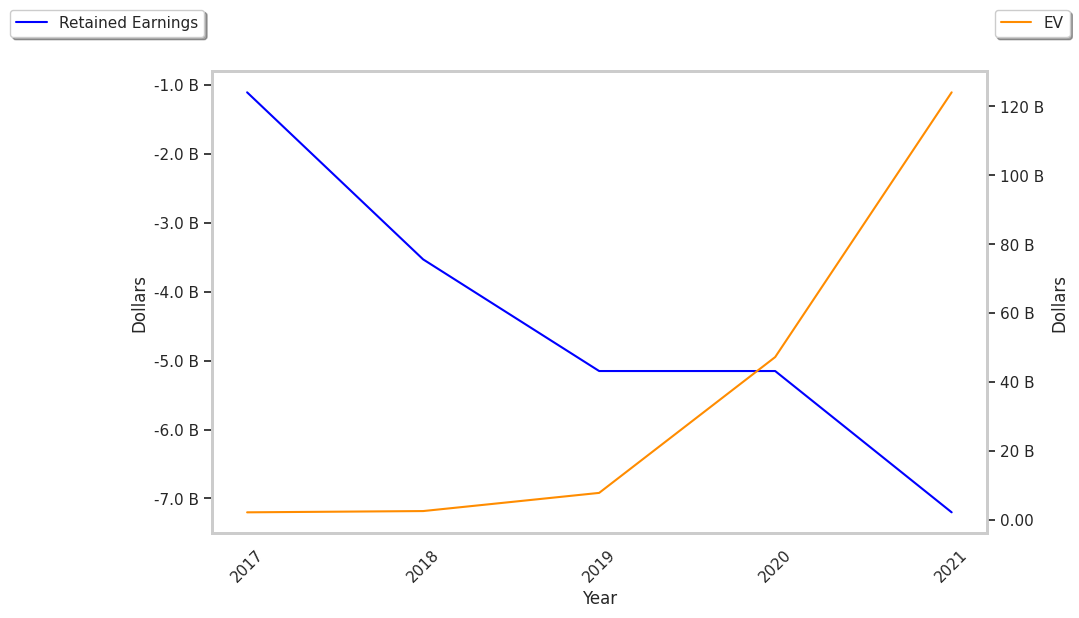Staffing & Employment Services company Sea is standing out today, surging to $66.77 and marking a 3.6% change. In comparison the S&P 500 moved only 0.0%. SE is -7.85% below its average analyst target price of $72.46, which implies there is more upside for the stock.
As such, the average analyst rates it at buy. Over the last year, Sea has underperfomed the S&P 500 by 38.1%, moving -11.0%.
Sea Limited, together with its subsidiaries, engages in the digital entertainment, e-commerce, and digital financial service businesses in Southeast Asia, Latin America, rest of Asia, and internationally. The company is a consumer cyclical company, whose sales and revenues correlate with periods of economic expansion and contraction. The reason behind this is that when the economy is growing, the average consumer has more money to spend on the discretionary (non necessary) products that cyclical consumer companies tend to offer. Consumer cyclical stocks may offer more growth potential than non-cyclical or defensive stocks, but at the expense of higher volatility.
Sea's trailing 12 month P/E ratio is 267.1, based on its trailing EPS of $0.25. The company has a forward P/E ratio of 44.2 according to its forward EPS of $1.51 -- which is an estimate of what its earnings will look like in the next quarter.
The P/E ratio is the company's share price divided by its earnings per share. In other words, it represents how much investors are willing to spend for each dollar of the company's earnings (revenues minus the cost of goods sold, taxes, and overhead). As of the first quarter of 2023, the consumer discretionary sector has an average P/E ratio of 22.96, and the average for the S&P 500 is 15.97.
The main limitation with P/E ratios is that they don't take into account the growth of earnings. This means that a company with a higher than average P/E ratio may still be undervalued if it has high projected earnings growth. Conversely, a company with a low P/E ratio may not present a good value proposition if its projected earnings are stagnant.
When we divide Sea's P/E ratio by its projected 5 year earnings growth rate, we obtain its Price to Earnings Growth (PEG) ratio of 0.93. Since a PEG ratio of 1 or less may indicate that the company's valuation is proportionate to its growth potential, we see here that investors are undervaluing SE's growth potential .
To better understand the strength of Sea's business, we can analyse its operating margins, which are its revenues minus its operating costs. Consistently strong margins backed by a positive trend can signal that a company is on track to deliver returns for its shareholders. Here's the operating margin statistics for the last four years:
| Date Reported | Total Revenue ($ k) | Operating Expenses ($ k) | Operating Margins (%) | YoY Growth (%) |
|---|---|---|---|---|
| 2022 | 12,449,705 | 6,672,785 | -12 | 25.0 |
| 2021 | 9,955,190 | 5,478,795 | -16 | 46.67 |
| 2020 | 4,375,664 | 2,652,230 | -30 | 26.83 |
| 2019 | 2,175,378 | 1,496,152 | -41 | 65.83 |
| 2018 | 826,968 | 1,003,526 | -120 | 0.83 |
| 2017 | 414,190 | 589,668 | -121 |
- Average operating margins: -56.7 %
- Average operating margins growth rate: 37.0 %
- Coefficient of variability (lower numbers indicate less volatility): 43.24 %
Another key to assessing a company's health is to look at its free cash flow, which is calculated on the basis of its total cash flow from operating activities minus its capital expenditures. Capital expenditures are the costs of maintaining fixed assets such as land, buildings, and equipment. From Sea's last four annual reports, we are able to obtain the following rundown of its free cash flow:
| Date Reported | Cash Flow from Operations ($ k) | Capital expenditures ($ k) | Free Cash Flow ($ k) | YoY Growth (%) |
|---|---|---|---|---|
| 2022 | -1,055,692 | 924,178 | -1,979,870 | -251.33 |
| 2021 | 208,649 | 772,177 | -563,528 | -356.62 |
| 2020 | 555,868 | 336,274 | 219,594 | 229.19 |
| 2019 | 69,865 | 239,844 | -169,979 | 74.73 |
| 2018 | -495,220 | 177,343 | -672,563 | -105.94 |
| 2017 | -259,228 | 67,361 | -326,589 |
- Average free cash flow: $-582155833.3
- Average free cash flown growth rate: -31.7 %
- Coefficient of variability (the lower the better): 0.0 %
If it weren't negative, the free cash flow would represent the amount of money available for reinvestment in the business, or for payments to equity investors in the form of a dividend. While a negative cash flow for one or two quarters is not a sign of financial troubles for SE, a long term trend of negative or highly erratic cash flow levels may indicate a struggling business or a mismanaged company.
Value investors often analyze stocks through the lens of its Price to Book (P/B) Ratio (market value divided by book value). The book value refers to the present value of the company if the company were to sell off all of its assets and pay all of its debts today - a number whose value may differ significantly depending on the accounting method.
Sea's P/B ratio indicates that the market value of the company exceeds its book value by a factor of 5, so the company's assets may be overvalued compared to the average P/B ratio of the Consumer Discretionary sector, which stands at 4.24 as of the first quarter of 2023.
Sea is by most measures overvalued because it has a higher P/E ratio than its sector average, a higher than Average P/B Ratio, and negative cash flows with a downwards trend. The stock has poor growth indicators because it has a no PEG ratio and weak operating margins with a positive growth rate. We hope you enjoyed this overview of SE's fundamentals.



